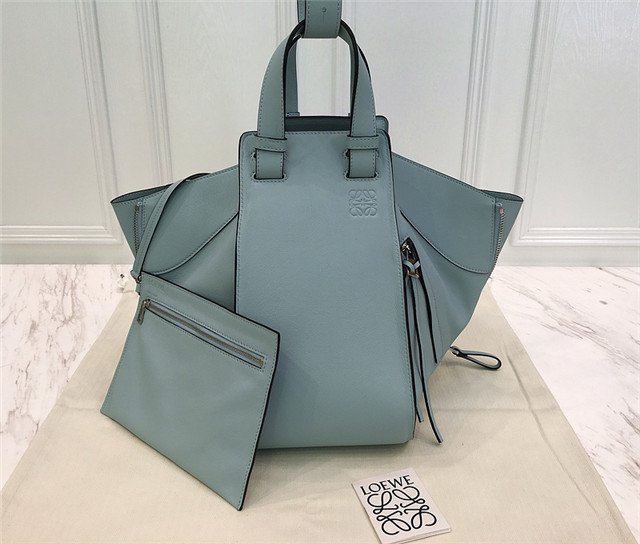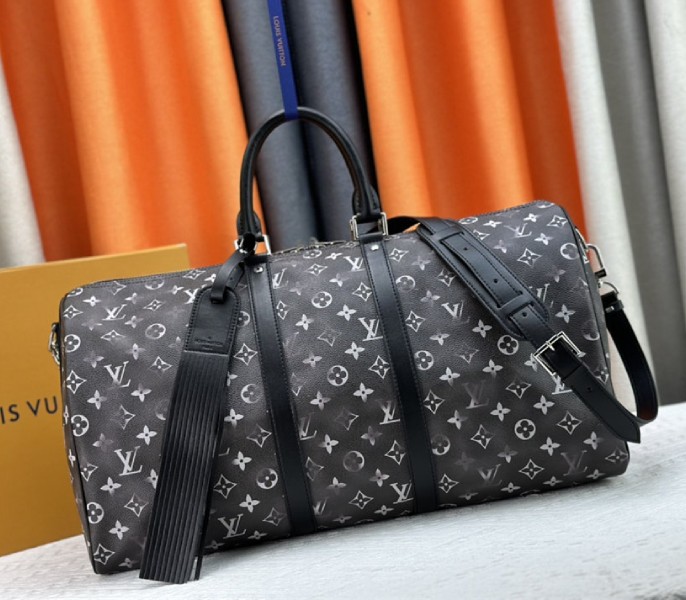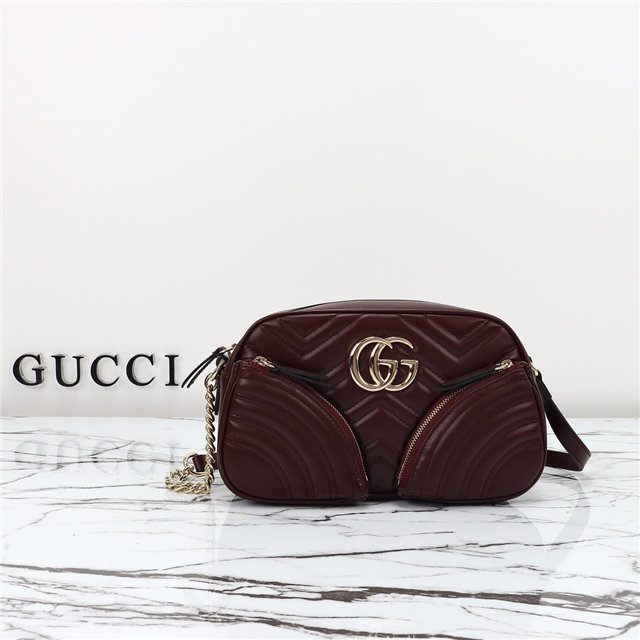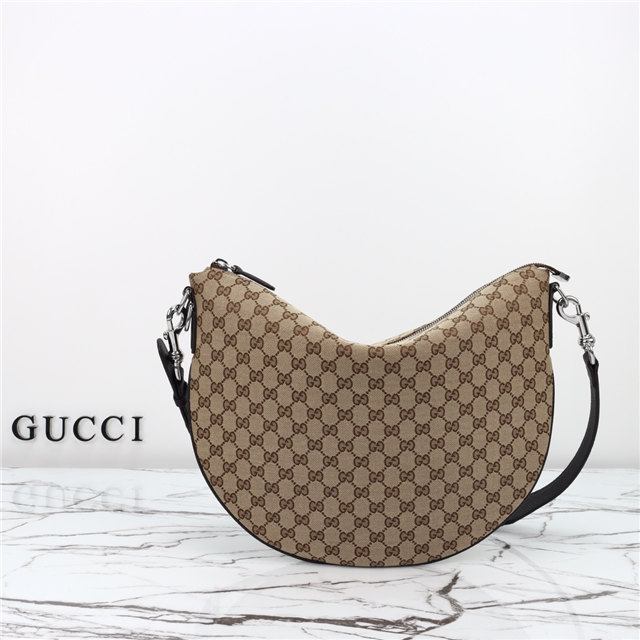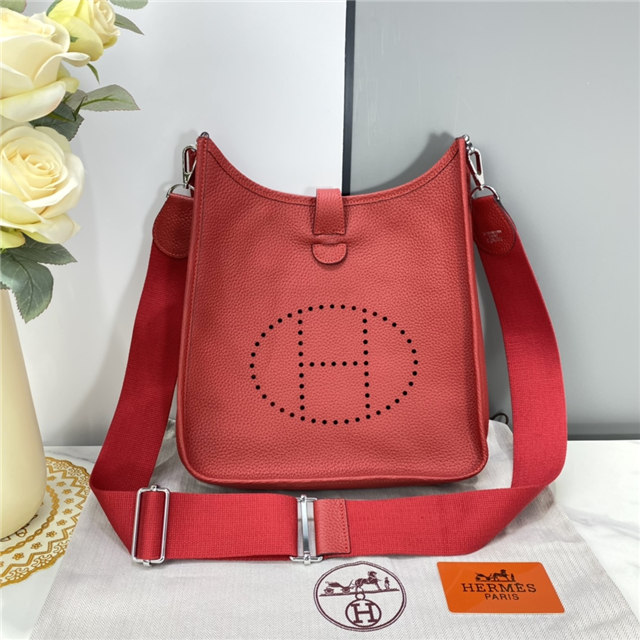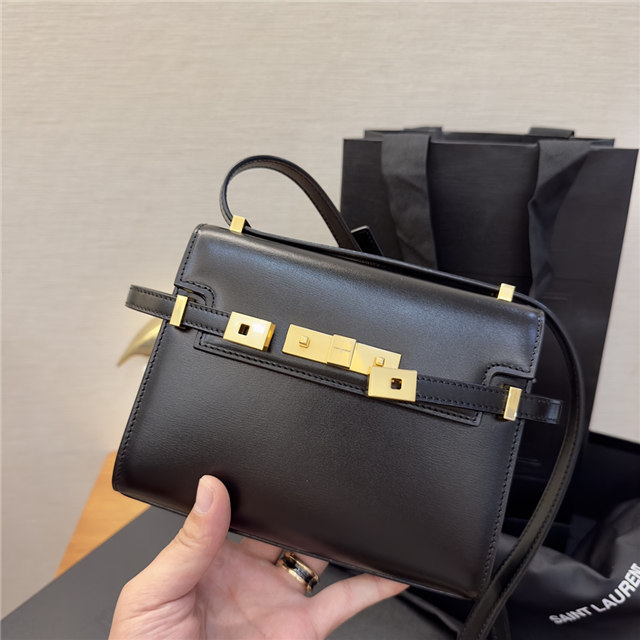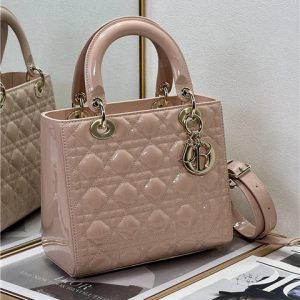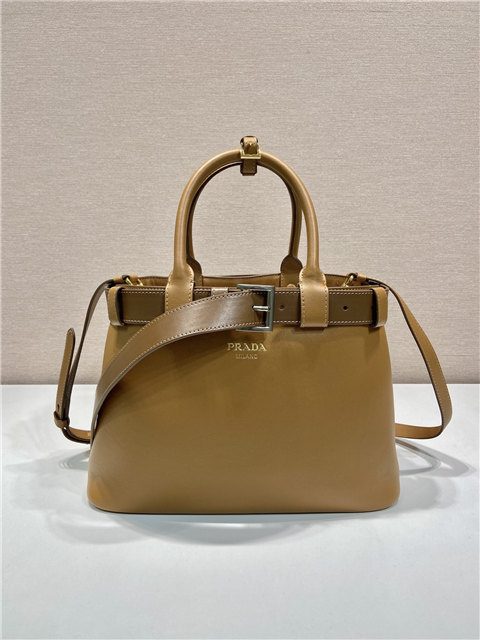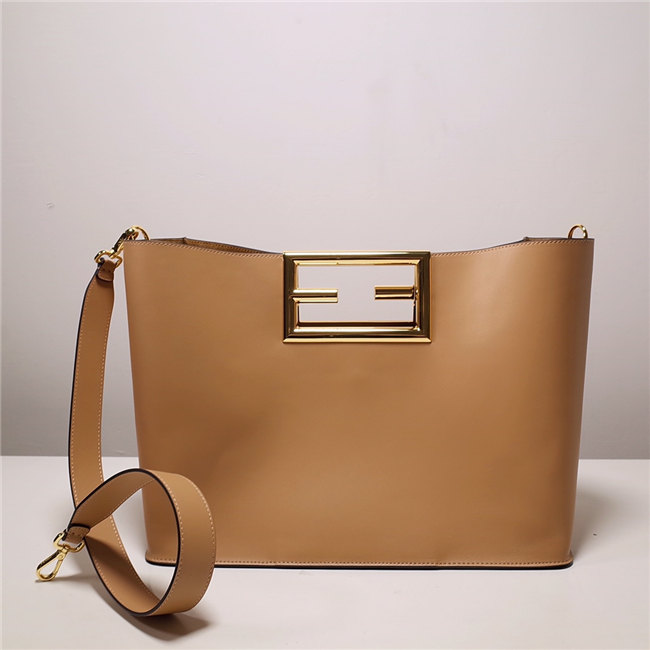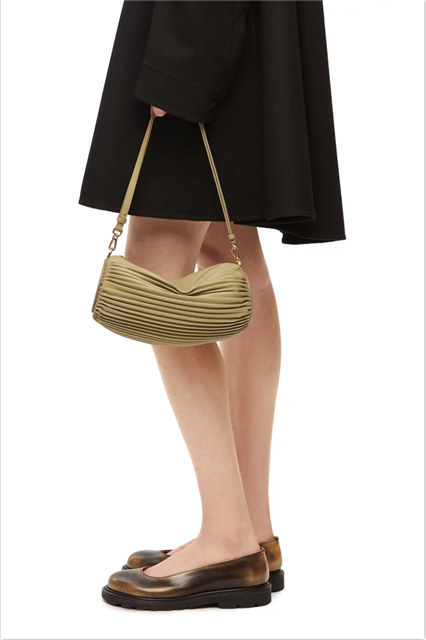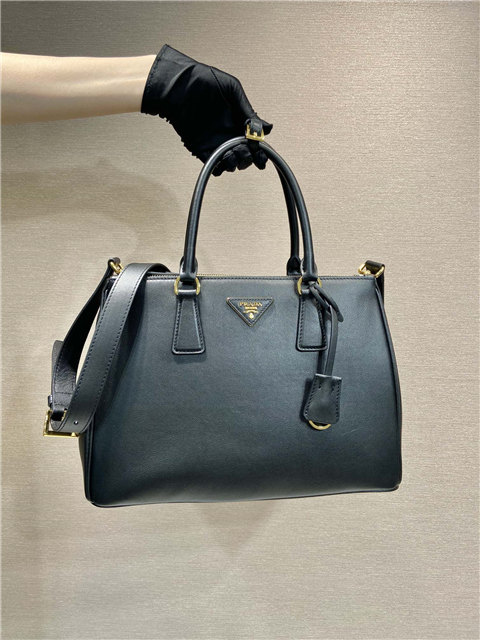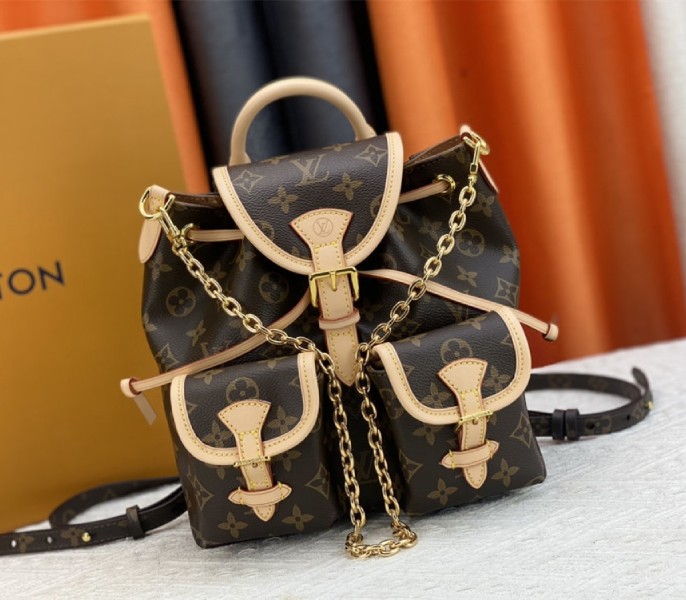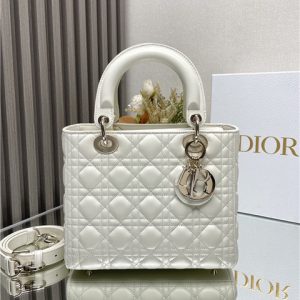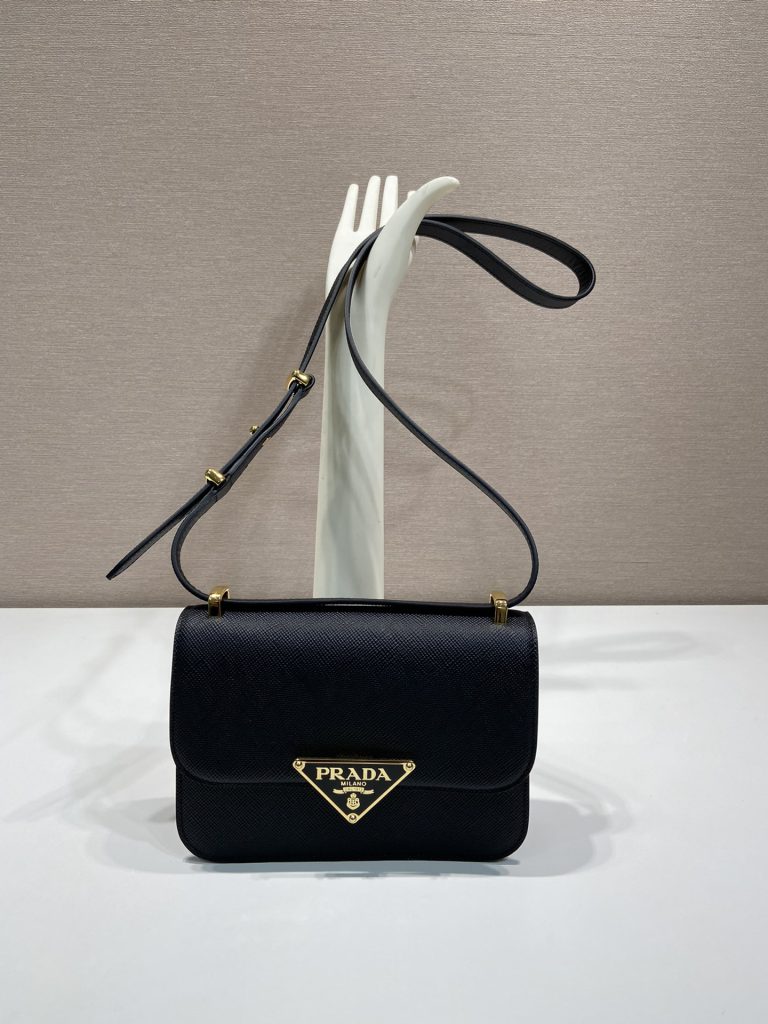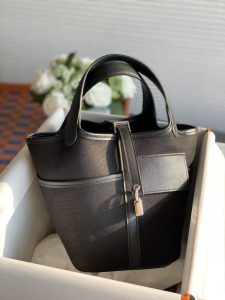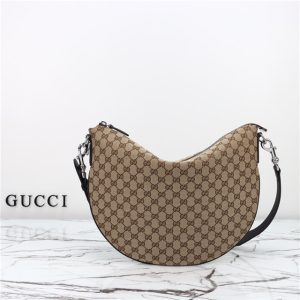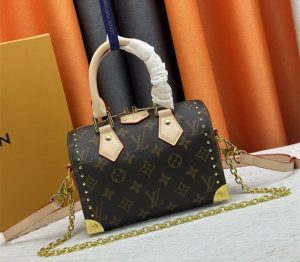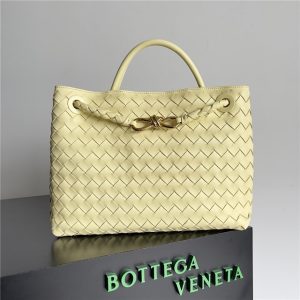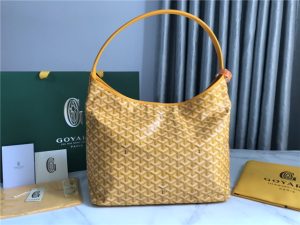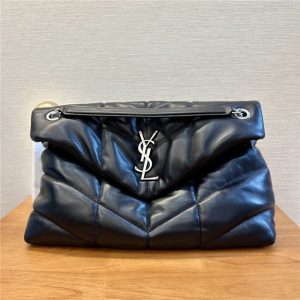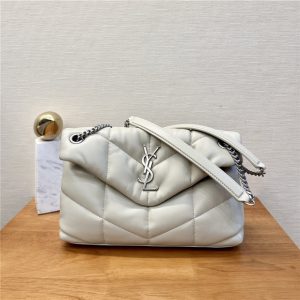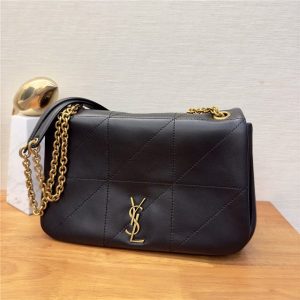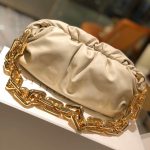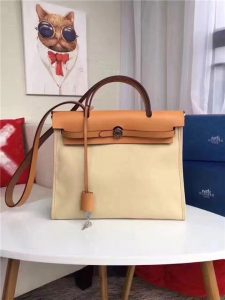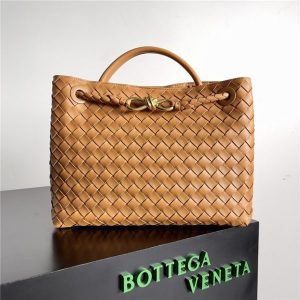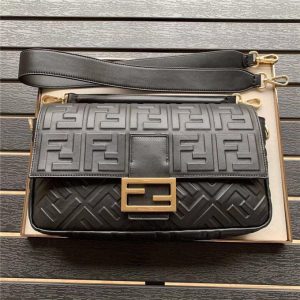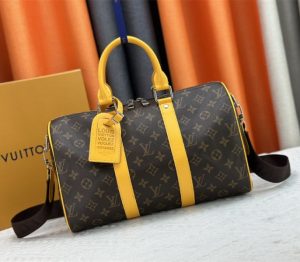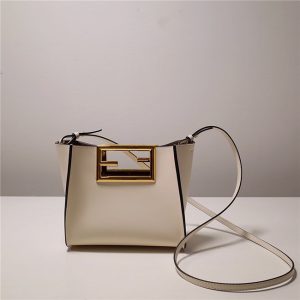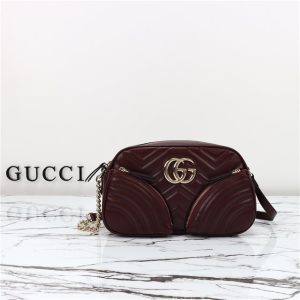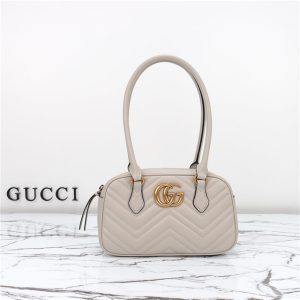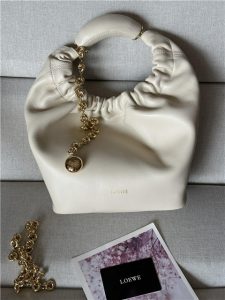First off, let’s be real: the fake watch game ain’t new. People have been trying to pass off junk as treasure probably since, like, the first wristwatch was invented. And the thing is, they’re getting *good*. Like, scary good. You read all this stuff about identifying fakes, and sometimes it feels like they’re just giving the counterfeiters a checklist of what *not* to screw up next time, y’know?
A big problem, especially with antique watches, is the “Frankenstein” watch. It’s not exactly a *fake*, per se, but it’s definitely not legit. Think of it like this: you get a kinda beat-up, but genuine, movement from a Longines from the 1940s. Then you find a slightly less-than-original dial, maybe even one that’s been “refinished” (read: ruined) to look newer. Slap it all in a case that *might* be appropriate, or maybe it’s just something that looks good, and BAM! You’ve got a “vintage” Longines…that never actually existed in that form. Shady, right?
And then there’s the neo-vintage stuff… Ugh. This is where my blood pressure really starts to climb. These are the watches made in that awkward period, like, the 80s and 90s, when Rolex was transitioning. The counterfeiters are getting craftier and using genuine parts to make fake vintage Rolexes. Why is this so hard to deal with, you ask? Well, it’s easy to tell if a Rolex is fake if it’s from the 2000s or later. But now it’s not that easy. I swear, it’s like they’re intentionally targeting the era where quality control wasn’t always, uh, *consistent*. So sometimes, even if something *looks* wrong, you’re left wondering if it’s a genuine flaw or a deliberate deception. I mean, who *really* remembers every single dial variation of a Datejust from ’87? (Okay, maybe some hardcore collectors do, but not me!).
So, how do you avoid getting burned? Well, there’s no magic bullet, sadly. Research is your best friend. Learn about the specific models you’re interested in. Know the telltale signs, the serial number locations, the correct fonts… It’s a rabbit hole, I’m telling you!
Also, and this is key: buy the seller, not the watch. If something feels fishy, walk away. I know, it’s tough when you see that “bargain” Omega that looks too good to be true, but trust your gut. Deal with reputable dealers who offer guarantees and have a proven track record. Yeah, you might pay a little more, but peace of mind is worth something, right?
And finally, don’t be afraid to ask for help! There are tons of online forums and communities dedicated to vintage watches. Post pictures, ask questions, get opinions. The more eyes on a potential purchase, the better.


